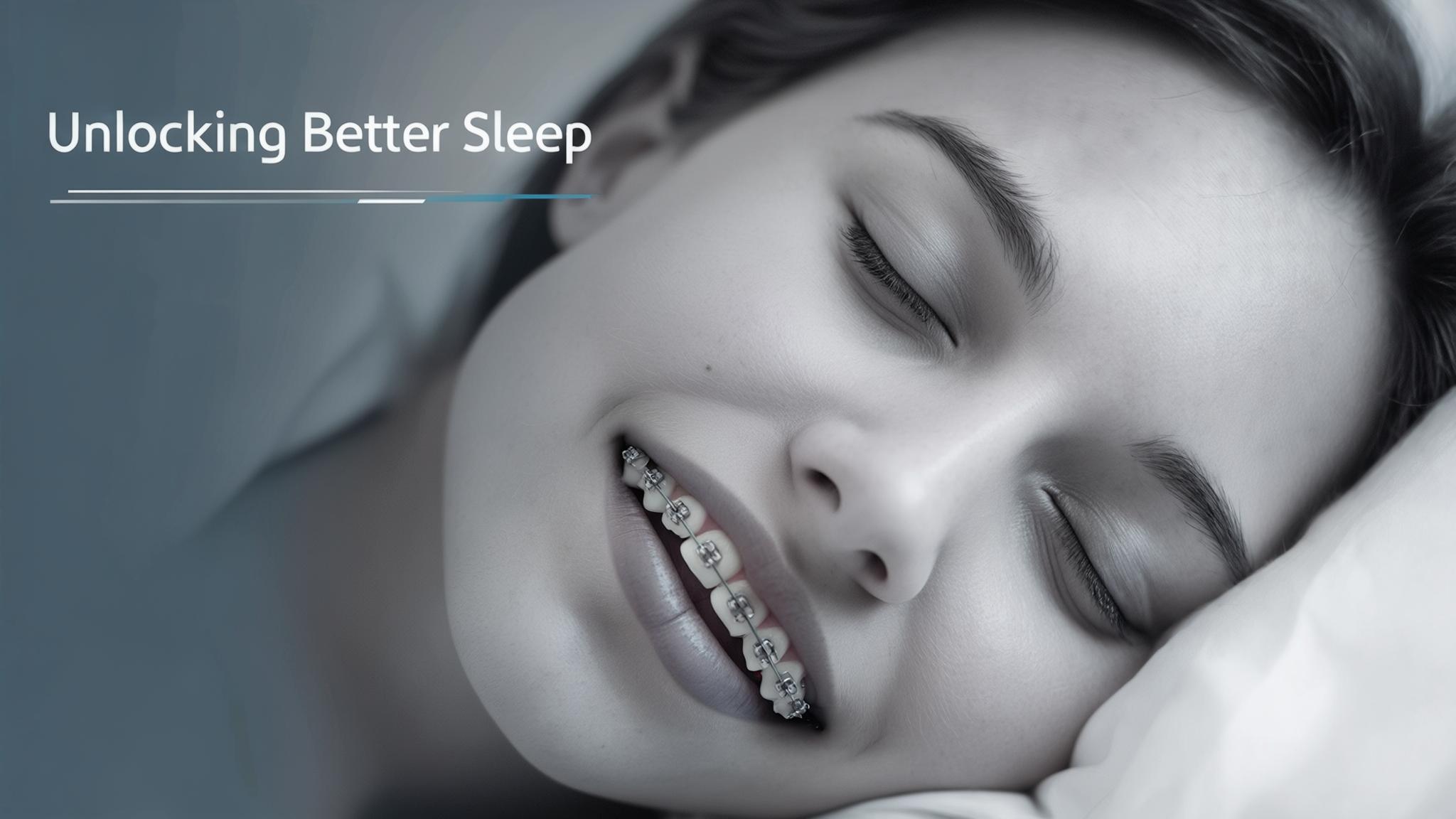Understanding Orthodontics and Sleep Apnea
Orthodontics is a specialized branch of dentistry that focuses on correcting misalignments of the teeth and jaws. It involves the use of various appliances, like braces and aligners, to achieve a harmonious bite and smile. On the other hand, sleep apnea is a potentially serious sleep disorder where breathing repeatedly stops and starts. The most common type, obstructive sleep apnea (OSA), occurs when throat muscles intermittently relax and block the airway during sleep. Understanding the intersection of these two fields can be crucial, as aligning teeth and jaws may significantly impact sleep quality and overall health.
Understanding Sleep Apnea
Definition and Types of Sleep Apnea
Sleep apnea is categorized into three main types:
- Obstructive Sleep Apnea (OSA): This is the most prevalent form, caused by a blockage of the airway, usually when the soft tissue in the back of the throat collapses during sleep.
- Central Sleep Apnea: Unlike OSA, this type occurs when the brain fails to send proper signals to the muscles that control breathing.
- Complex Sleep Apnea Syndrome: This is a combination of both obstructive and central sleep apnea.
Symptoms and Signs of Sleep Apnea
Common symptoms include loud snoring, gasping or choking during sleep, excessive daytime sleepiness, and difficulty concentrating. These symptoms often go unnoticed by the person with sleep apnea but can be observed by a partner.
Causes and Risk Factors
Several factors increase the risk of sleep apnea, including obesity, age, anatomical factors like enlarged tonsils or a large tongue, and family history. These elements can contribute to airway obstruction, making it challenging to breathe during sleep.
The Role of Orthodontics
Overview of Orthodontic Treatment
Orthodontic treatment involves using devices such as braces or aligners to correct the positioning of teeth and jaws. The primary goals are to improve oral function, enhance facial aesthetics, and ensure long-term dental health.
How Orthodontics Can Influence Oral and Facial Structure
Orthodontics can significantly impact oral and facial structures by aligning teeth, repositioning the jaw, and potentially increasing the space in the airway. This can lead to improved breathing and reduced sleep apnea symptoms.
The Connection Between Orthodontics and Sleep Apnea
How Misalignment Contributes to Sleep Apnea
Misaligned jaws or dental arches can narrow the airway, contributing to obstructive sleep apnea. The shape of the dental arch can influence the flow of air, making it more difficult to breathe smoothly during sleep.
Studies and Research Findings
Research shows that orthodontic interventions can be effective in managing OSA. Several studies highlight cases where patients experienced significant improvements in sleep apnea symptoms following orthodontic treatment.
Orthodontic Treatments for Sleep Apnea
Types of Orthodontic Treatments
- Expanders: These devices widen the upper jaw, increasing the space in the nasal passages.
- Mandibular Advancement Devices: These appliances hold the lower jaw forward, helping to keep the airway open.
- Braces and Aligners: By correcting misalignments, these can indirectly improve airway function.
Role of Orthodontists in Sleep Apnea Management
Orthodontists play a crucial role in diagnosing and treating sleep apnea by collaborating with sleep specialists and other healthcare providers to create a comprehensive treatment plan.
Benefits of Orthodontic Treatment for Sleep Apnea
Orthodontic treatment can lead to improved airway function, enhanced quality of sleep, and a reduction in sleep apnea symptoms. These changes can contribute to overall health benefits, such as increased energy levels and improved cognitive function.
Considerations and Limitations
While orthodontics can be beneficial, not all sleep apnea cases are treatable with these methods alone. A comprehensive evaluation by healthcare professionals is essential, and some individuals may require additional treatments like CPAP therapy or surgery.
Conclusion
Exploring the relationship between orthodontics and sleep apnea reveals promising possibilities for improved health outcomes. Individuals experiencing sleep apnea symptoms should consider consulting with orthodontists to explore potential treatment options. Addressing sleep apnea is vital for overall health and well-being, leading to a more restful and rejuvenating sleep.
References
For those interested in delving deeper into this topic, numerous academic studies and articles are available. These resources provide valuable insights into the latest research and advancements in the treatment of sleep apnea through orthodontics.

